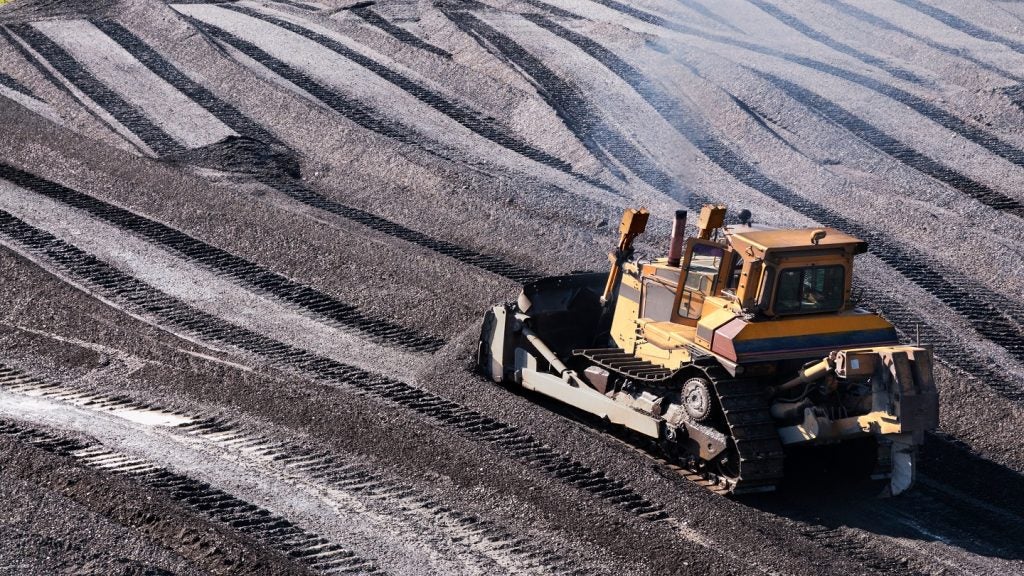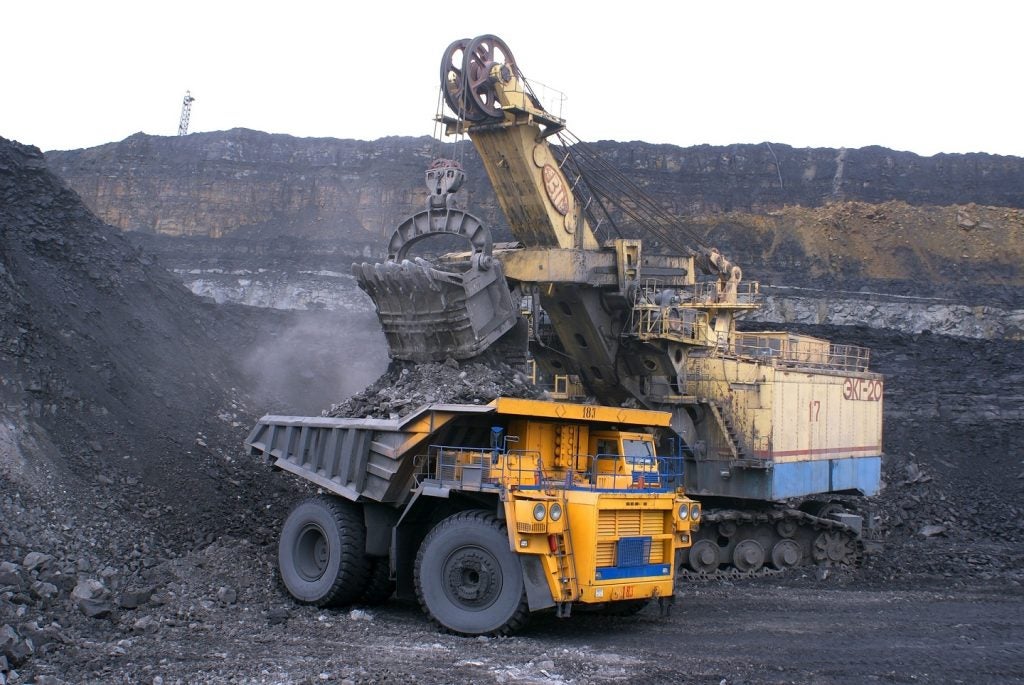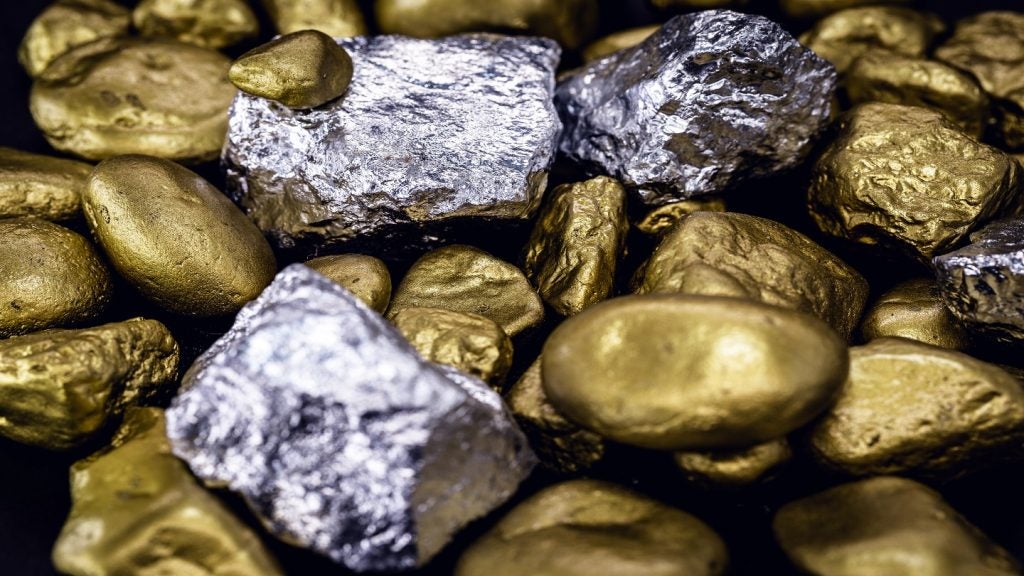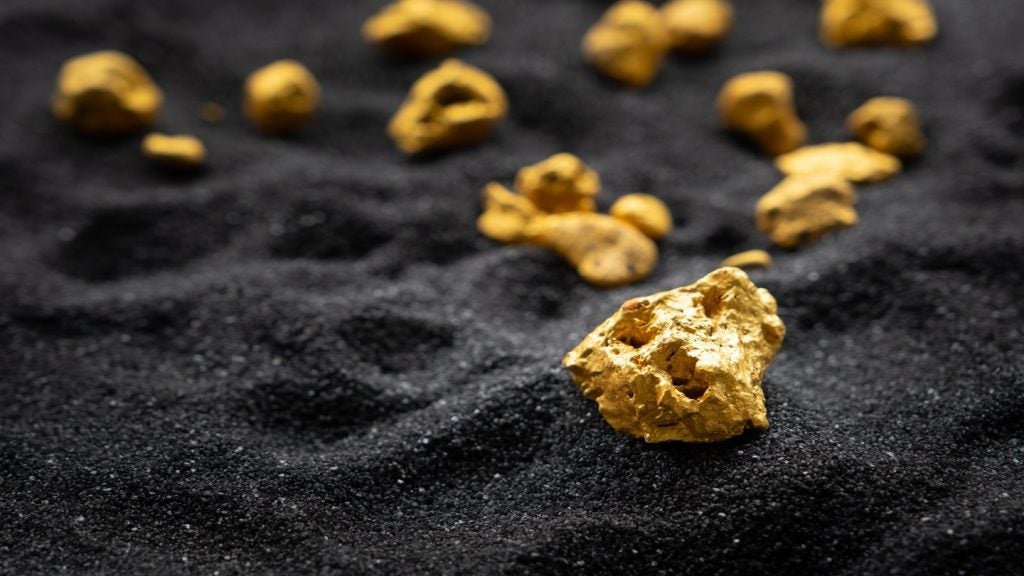

Excavating deeper and deeper underground is one way for miners to extract more resources from existing mines as new reserves are in increasingly short supply. Ultra-deep mining, however, incurs a set of technological challenges that can vary depending on a mine’s geology and which, more often than not, make digging deeper uneconomical.
To change this, the CEMI is embarking on a five-year project called the Ultra Deep Mining Network (UDMN), which is funded by the industry, including mining giants such as Vale and Rio Tinto as well as the supply and services sector. The project aims to develop technologies and solutions to enable miners – not robots – to go deeper underground. In a strong show of support, the project, which officially started in March 2014, received a $15m grant in January as one of the winners of the federal government’s Business-Led Networks of Centres of Excellence competition taking the project’s budget to a total of $47m.
Overseeing the project is CEMI CEO, president and chair of holistic mining practice Douglas Morrison, a mining veteran with more than 30 years experience working for companies such as Vale and Glencore in continents including Australia, South America and Africa. He tells us more about the UDMN and its objectives.
Heidi Vella: Can you tell us a little bit more about the UDMN project?
Douglas Morrison: What we are trying to do is to address all the issues in the deep underground mines in Ontario, Quebec and Manitoba. Of course, in doing so, we actually address all the problems all the deep mining operations in the world have, as well.
The problems ultra deep mines have are very, very similar. ‘Deep’ we would classify as below 2km and what we are referring to here as ‘ultra-deep’ is below 2.5km. The heat and the rock stress conditions we have in Sudbury at 2.5 km become all the more difficult below that depth. Basically you are hot all the time.
How well do you really know your competitors?
Access the most comprehensive Company Profiles on the market, powered by GlobalData. Save hours of research. Gain competitive edge.

Thank you!
Your download email will arrive shortly
Not ready to buy yet? Download a free sample
We are confident about the unique quality of our Company Profiles. However, we want you to make the most beneficial decision for your business, so we offer a free sample that you can download by submitting the below form
By GlobalDataThe deepest mine in Ontario is Vale’s Creighton mine and it is below 8,000 feet, which is roughly 2.6km.
A flying robot has overcome treacherous terrain, swirling dust and turbulence to sweep autonomously through a German coalmine.
HV: What are the key challenges in ultra-deep mining that the project hopes to overcome?
DM: There are really four themes altogether. Number one is geotechnical risk – the rock stresses and how that affects the safety and stability of the tunnel that we use to access the ore. We generate very small earth quakes. They may be very small when you hear them on the surface but they are actually very significant to us. Rock bursts sometimes damage our tunnels. This is an ongoing problem for us and we expect it to get worse and worse as we go deeper and deeper.
Another theme is energy and energy consumption. As we go deeper the mines are getting hotter all the time so that means we need to use more ventilation to try and keep them cool so that people can work in reasonable conditions. The cost of ventilation is getting higher and higher all the time. That is the major cost for all the deep underground mines.
In Canada we have very cold winters so for many years we have been able to use the cold winter to create what we call a heat sink where we use a heat exchange mechanism to cool the air down in the summer time. There is actually a neutral point you get to where the air is heating up quickly as you push it down and it is not cool anymore when it arrives – that neutral point for us is about 2.5 km. If we just add the additional cost of cooling on to the existing cost profile for our mining activities then some of the mines wouldn’t be economic. If we have to add the cost of cooling then we need to reduce the cost of mining to compensate.
HV: What other issues will the project address?
DM: Productivity – how do we change the cost of the mining we do to reduce the cost of the whole operation?
The advance rates, which is the rate at which we drive the tunnels to the ore body; the faster we can do that the better near-present value of the project will be. What has been happening with the increasing demand for safety and stability in the tunnels is we have gradually been getting slower and slower at driving the tunnels.
What we need to do is to find new ways to do things so we still maintain the safety and stability we have but we start to get fast again. That means changing the way we view certain things.
The second point is the production cycle. Once we get to the ore body, the drilling and blasting and the back filling we do can all hold up the production cycle – so we can either do it cheaper or do it faster, or both, so that as we go deeper our mines are still economic?
HV: You’ve said the project doesn’t believe in automation but improving working conditions?
DM: The fourth phase [of the project] is basically to create conditions for people to work underground. You can imagine over the last 20 years or so a lot of people have been talking about completely automating all the systems underground so you only have equipment or robots doing work. Well, we really don’t think that is going to work out. Sooner or later equipment always breaks down and somebody has to go and fix it so you have to have conditions where people can work underground.
One way to do this is to cool the whole system down. Another approach would be to perhaps give people suits that will keep them cool so we don’t have to push as much ventilation through to keep the ambient temperature low. We can actually have the ambient temperature be higher than is normally acceptable but we can give people a suit and special helmet that can keep people cool and hopefully we can build into the helmet all the other protections that we need so they [miners] are not breathing the gases or fumes from the diesel engines.
We can build in communications systems, a camera, just like you have on an iPad, so rather than carrying a camera and a light as a separate edition to the hard hat we need to redesign the helmet altogether and integrate the helmet with all those components into it. We are looking at the personal and protective equipment used and the communications systems people use so we can actually have people working underground who are not really overheated, stressed and they have all the communications they would want to radio to people throughout the mine and on the surface without having a handheld radio but built in to the helmet.
HV: With these kinds of conditions is it a challenge finding miners willing to work ultra-deep underground?
DM: Yes it is, absolutely. These are very difficult conditions and one of the reasons we have to change. We can’t really have people working in those conditions and hotter.
A deadly pulmonary tuberculosis epidemic is blighting South Africa’s gold miners.
Heat has an effect on your whole body system, and also the people we have working underground now are in their fifties. Men in their fifties, like me, don’t look out for their health particularly well, they are mostly overweight, have diabetes. When you have those kinds of health conditions working in what you would have to say are very difficult working conditions – hot and humid – it is very important for us to be able to monitor people’s health so we can actually recognise when someone’s heart rate is high. Right now we can’t do that.
Within ten years we will need a whole new generation of people working in the mines and it is very difficult to attract people to work in these conditions. Also we want to attract women into the industry and women in particular are not inclined to work in these conditions. Unless we can provide clothing and personal protection and conditions that are much nicer we are not going to attract women to work in our industry.
Maybe the current generation should have objected before now but the current generation is going to object to it because they are just not going to show up. If we want to keep going we need to attract a whole new generation of people and that means they need to be in communication with people all the time.
HV: How will communications systems work this deep underground?
DM: There are people working on those issues right now. Underground we would have to use fibre optic cables to run the communication systems so it can be done wirelessly, like on the surface. It has to have additional communication systems but we are working on those and they are being improved all the time.
One of the new mines that opened in Sudbury two months ago actually has the possibility for people to use cell phones underground. They have wired the whole system so the cell phones can connect. It is not actually wireless, it is wireless when you hold on to it, but it actually goes into a fibre system and then connects to the other person’s cell phone. Of course, it is much more expensive to do this for underground mines than surface mines, but we are beginning to bring in those systems that make it look and feel very similar to the surface as far as the person is concerned.
When you have poor communications you don’t get information very easily so they have to make it up as they go along. The better we get at giving people data and information to work with the better decisions they [miners] can make.
HV: Mining companies backing the project obviously believe in the economic potential of ultra-deep mining in the region…
DM: Yes, the objective is to make our mines continue to be productive and cost effective. If we don’t make these changes it is very clear to everyone that it is very difficult to see how we can be cost effective and profitable at greater depths unless we make some of these very fundamental changes.
We did get substantial funding from the different mining companies and different service and supply companies. We got $15m from the federal government in total,
$17m in cash from the mining industry and $15m from commitments from mining companies and SMEs [small and medium enterprises], and another $15m in-kind support. Twenty-six percent of the whole programme funding came from Vale.
The one thing that was new for us is we did get support from two companies that mine in Quebec and that is a really big issue for us. It is not usual for Quebec companies to participate in Ontario programmes so we were very happy to get support from mining companies in Quebec.
The other big change for us was we had a lot of support from the service and supply sector and in particular two companies, one called Jannatec, which gave us $3.5m, and another company called Bestech and they gave us a $1m of support.
HV: How will the service and supply sector benefit from this programme?
DM: The service and supply sectorare the ones that will actually bring in the technologies and sell them to the mining companies to improve performance. For example, the companies that bring in all the wiring systems for telecommunications are not the big mining companies; it is the service and supply sector companies, so they are the ones that want to invest in the research to improve communications systems underground for voice, video and data.
HV: Who will own the intellectual property (IP) of new technologies developed?
DM: In many cases it will stay with the companies that actually develop them. That is why there is a great deal more interest now from the service and supply sector because they have ideas on how to do things and they just need some help from the government.
It is very difficult for small companies to approach government agencies so we help co-ordinate all of them, especially if they want to work collectively. We pool them all together, get a large sum of money and distribute it to all the different companies that want to work on ideas. We are not really designed to hold on to the IP. There are a few cases we would do that but we would only do that so one company doesn’t monopolise the IP. We would maintain equal access to all the players to the same IP so they can compete fairly in the market place.


.gif)





